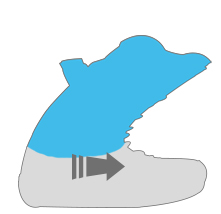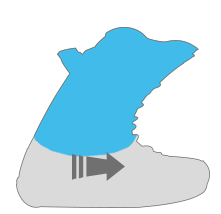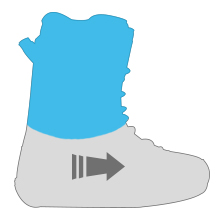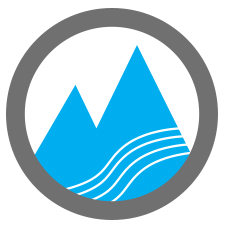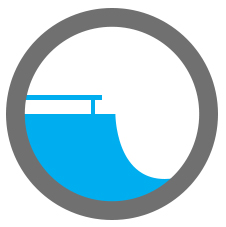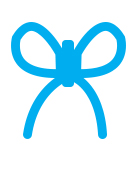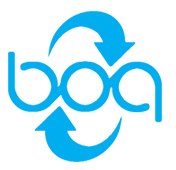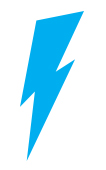
Take an extra lap thanks to the perfect fit
If you’re going to splurge anywhere on your snowboarding gear, boots are the place to put that extra dollar. Your boots should be the first piece of equipment you acquire to ensure a great binding match and an appropriate board width. You definitely want to take into consideration the type of riding you prefer and snow conditions where you ride most frequently to get the most comfort and wear out of your boots.
Only need info on a specific topic? Jump down to what you're looking for:
01. Fit & Sizing
-Women's
-Junior
02. Flex & Riding Style
03. Lacing Systems
04. Liners
So you’re ready to try on some boots, what should you look out for? Snowboard boots should fit quite snugly, especially when brand new. It’s okay if your toes graze the cap of the boot but you should be able to wiggle your toes a bit and they shouldn’t be uncomfortably tight. The liner in the boot will pack down and mold to your foot after some wear.
Another area to pay attention to is the heel of the boot. You want your heel to hold in place to ensure control in your turns. When trying on boots, drive your knees forward and make sure your heel stays in place. If you feel it sliding out, it may be a sign to size down or try a boot with a lower volume that will cup your heel more tightly.
We do always recommend that you go try boots on before purchasing as they will fit differently from brand to brand. If you’re headed to your local shop to try on some boots, make sure to wear socks that you would wear in your snowboard boots. A thin to medium wool sock is perfect to keep your toes warm, moisture free and ensuring proper feel and control in your turns.
SIZE![]()
Snowboard Boots are measured in standard US sizing but like shoes, size can vary from brand to brand and even from one model to the next. As a general rule, if you wear 11.5 or bigger, or smaller than a size 7, you’ll need to make sure your board is compatible with your boot size by picking a wider or narrower board, respectively.
| Boot Size (US Men's) | -- | 5.0-7.5 | 7.0-9.5 | 8.5-10.5 | 9.5-11.5 | 10.5+ |
|---|---|---|---|---|---|---|
| Boot Size (US Women's) | Up to 6.0 | 6.0-8.5 | 8.0-10.5 | 10+ | -- | -- |
| Board Waist Width (mm) | 225-235 | 236-245 | 246-250 | 251-254 | 255-259 | 260+ |
| Snowboard Width | Narrow/Women's | Regular | Mid Wide-Wide | |||
LADIES
Boots designed specifically for women take into consideration anatomical needs such narrower heels and softer flexes to compensate for lighter riders.![]()
JUNIOR
Like Women specific boots, Junior boots will be softer and sometimes come with shims to accommodate growing feet. We don’t recommend oversizing Junior boots to get more seasons out of them, get the right fit to help your kids progress.![]()
FLEX & RIDING STYLE![]()
While your Ability level may play a small role in choosing the flex of your boot, ideally you want to select a boot that will perform where and how you ride.
FLEX![]()
Snowboard boot flex is typically rated somewhere from very soft to very stiff and is usually given a 1-10 rating by the manufacturer (1 being the softest, 10 being the stiffest). Use this number as a guide but ultimately, flex is pretty subjective. If you’re taller or heavier than average, you’ll exert more force on the boot and may find you need added stiffness. Flex ratings can also vary from brand to brand. The best way to find a boot that will suit you is to try them on at a local shop if you can.
RIDING STYLE![]()
What kind of conditions do you ride in? Do you prefer All-Mountain & Freeriding or are you more of a Freestyle rider? Depending on your preference you may find certain boots respond better to your needs, here’s how we break it down:
LACING SYSTEMS![]()
Lacing your boots comes down primarily to preference but each system has their pros and cons (which is why you’ll sometimes see hybrid lacing systems). While you want your boots to lace up tightly, it shouldn’t feel constricting. When fitted and laced properly, your foot shouldn’t move front to back or side to side. We’ll go over Traditional, Boa and Quicklace systems in further detail below.
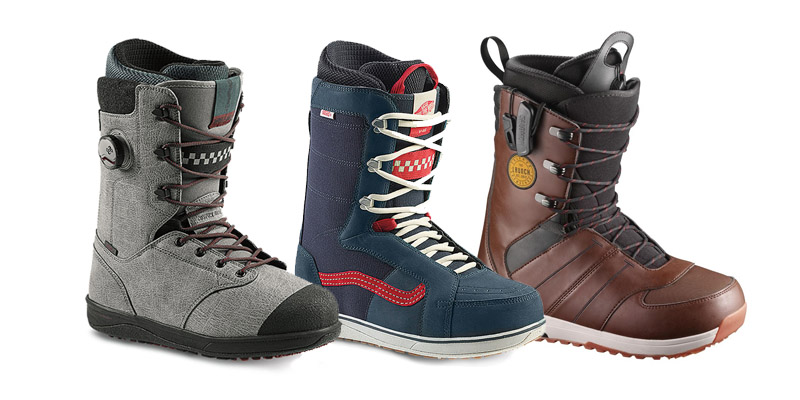


LINERS![]()
The Liner of a snowboard boot is the inner boot piece which is sometimes removable. Liners are typically made of a lightweight, moldable material called EVA (Ethylene Vinyl Acetate). EVA provides cushioning, stability and insulation for your feet. As any other part of a snowboard boot, the Liner can come in different grades offering more or less cushioning and support to suit your needs. They can be separated into three major categories:
| STOCK LINERS | Provide base-level padding and stability and over time will conform to your forefoot’s shape due to sustained pressure. |
|---|---|
| MOLDABLE LINERS | The next step up in price and materials, moldable liners will mold to your feet from body heat over a few days of wear. |
| HEAT-MOLDABLE LINERS | These liners are made of premium materials and can be pre heated to mold to your feet for a custom fit from day 1. This can be done at our Corbetts retail location or by an experienced boot-fitter. |
• • •
Still have some questions? We've got an extremely knowledgeable and friendly team at Corbetts. Visit us at our retail location or give us a call and we'll help you find the perfect boots to fit your needs.
Need help with more snowboarding gear? Check out our other Snowboarding Buying & Sizing Guides.

